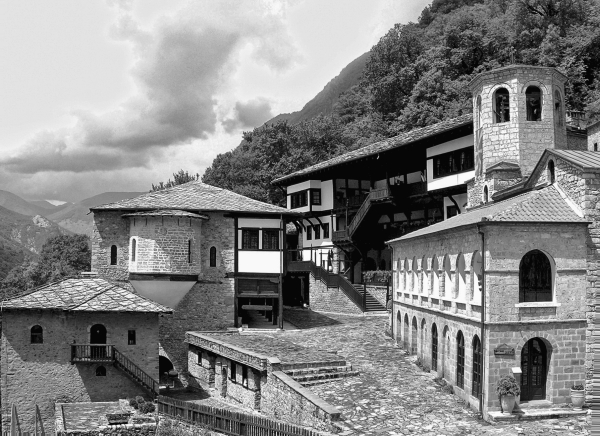Post-Modernist Potemkin
Skopje 2014
Text: Rudolf Klein

The most recent architecture of Skopje may be associated with the „psychologizing Post-Modernism”, even if it seems to be very close to Social Realism or Kitsch. The past two or three years saw radical changes transforming the image of the inner city of the capital of Macedonia once again. However, whilst the previous reconstruction project of the city taking place after the earthquake in 1963 was managed by Kenzo Tange and other famous representatives of Modernism with the ambition to „elevate” the city with an Ottoman past to the level of late Modernism, now it is mainly no-name architects and their clients, the members of the political elite who are trying to create something unique. Their projects do not feature remarkable values of architecture and sculpture but are the results of the heated and hurried programme of creating a nation two centuries belatedly in the background applying visual-psychological technologies for this purpose. Numerous cultural and architectural phenomena are thus found here which are also typical all over the world these days. However, they have taken on extreme forms in Skopje. Post-Modernism is not only a result of the lack of good taste but also wishes to embody the presence of the „parvenu,” as well as a large-scale narrative, the „national” cultural paradigm of a nation just being born. This highly heterogeneous ethnic, religious, cultural medium has always had a certain kind of cohesion integrating it to some extent – mainly by empires and dictatorial regimes –, and it seems as if people today were afraid of the lack of such cohesion in the „relative democracy” of the present. However, it is only time which shall tell whether or not this kind of architecture is able to grow its roots and actually be grounded in the long run.





